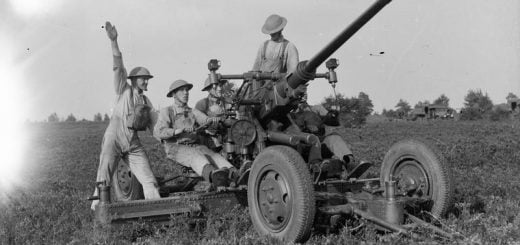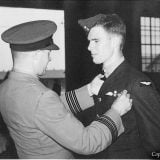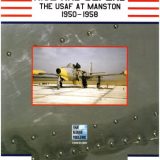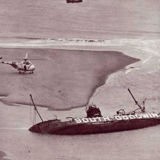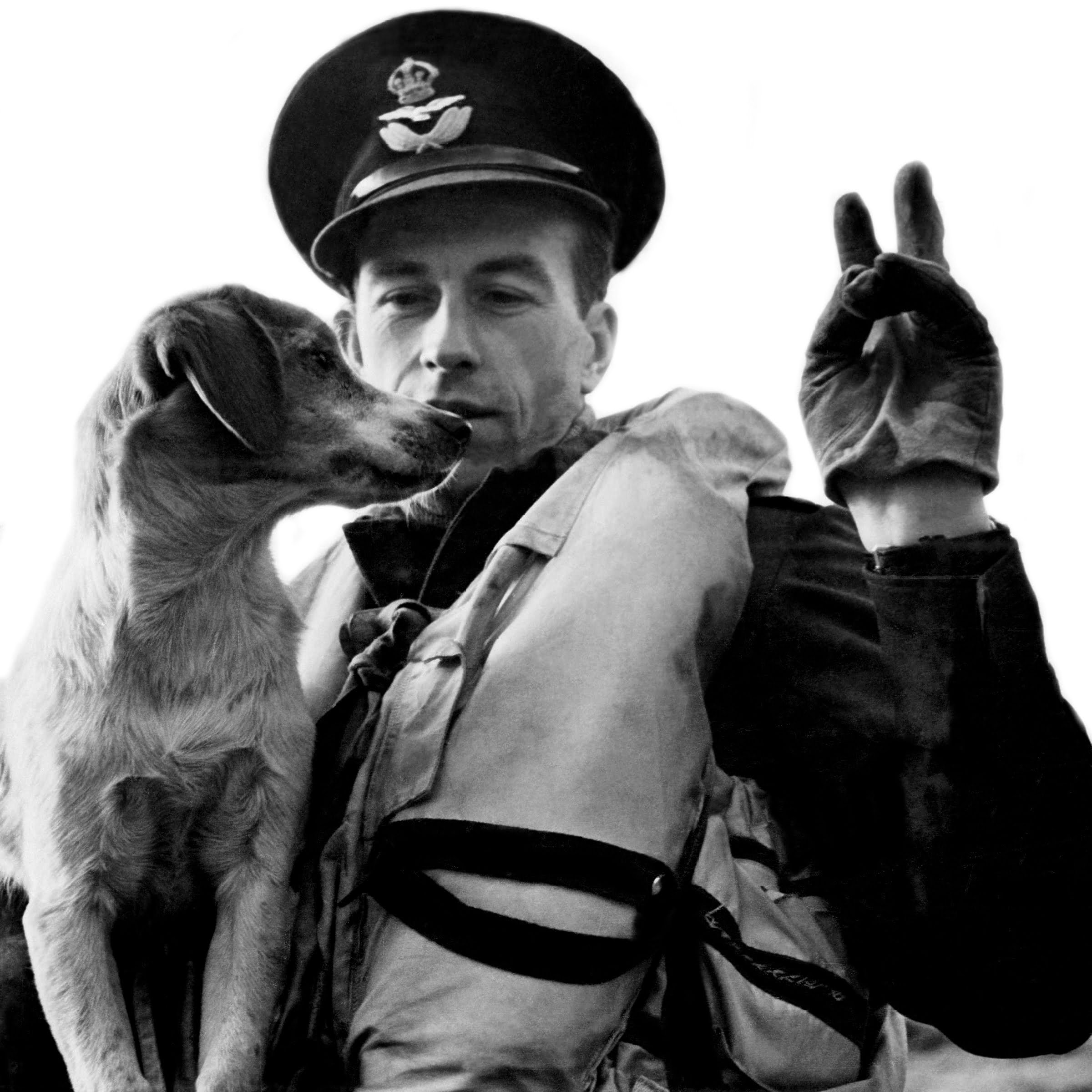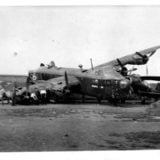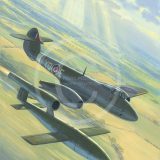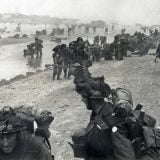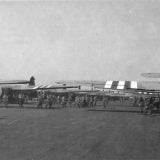No.600 Sqn Bristol Blenheim I crashes at Manston – 11th March 1940
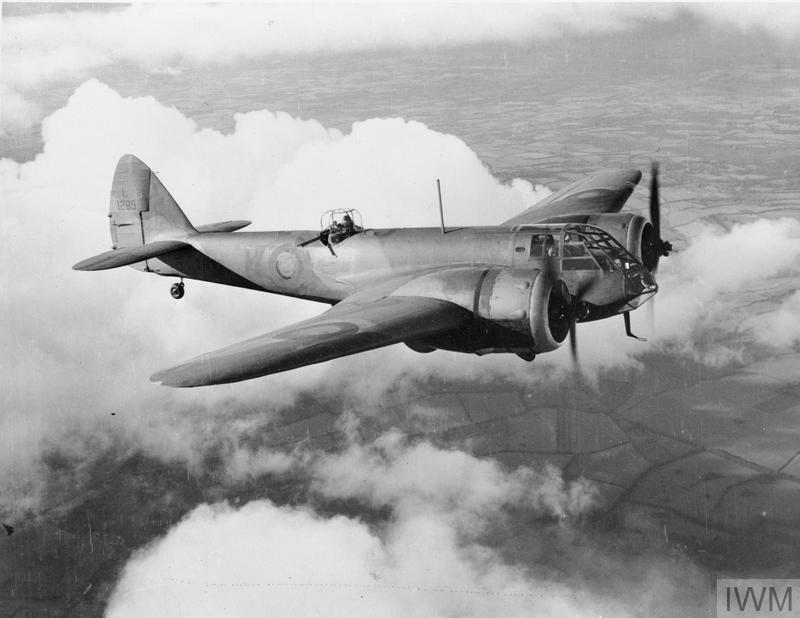
No.600 Sqn’s Blenheim L6682 piloted by F/O Anthony Henry Hamilton Tollemache took off from Manston for a searchlight co-operation exercise. On completion, while approaching the flare-path at 2320hrs, the aircraft struck a tree and crashed into a field, bursting into flames. Witnesses later reported that a wing had been torn off by the tree and the plane was already on fire before it he the ground.
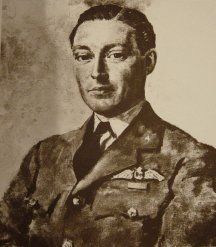
F/O Tollemache was thrown clear of the aircraft according to the official account and Leading Aircraftman Smith, the air gunner was able to scramble out of the aircraft. Both found themselves uninjured. Realising that their passenger, Lt Philip Rowland Sperling of the Welsh Guards was still in the aircraft, he made a gallant attempt to rescue him. Despite the flames and small arms ammunition exploding, he attempted to break through the forward hatch to reach him but was eventually beaten off with his clothes on fire. Sperling died and Tollemache’s injuries almost cost him his life.
A BLENHEIM aircraft of No. 600 Squadron crashed when about to land on the aerodrome. A passenger, 2/Lt. P.R. SPERLING of the Welsh Guards was killed, and the Pilot, Flying Officer A.H.H. TOLLEMACHE, was badly burned.
Manston Station ORB (11th March 1940)
A local farmer drove the two airmen back to RAF Manston where Tollemache was initially treated by the station medical officer Dr Attwood. He soon realised the severity of Tollemache’s injuries and fearing for his life, sent him to Chatham Naval Hospital where the symptoms of his severe burns saw him fight for his life.
Tollemache’s terrible burns led to him becoming one of the RAF’s first ‘guinea pigs’ for the experimental plastic surgery at Queen Victoria Hospital at East Grinstead under Sir Archibald McIndoe. He later became friends with Richard Hillary who was shot down and badly burnt over the sea off Margate in September 1940. Tollemache made a good recovery and later returned to duty.
He was originally awarded the Medal of the Order of the British Empire for Gallantry (EGM) on 6th August 1940 for his bravery trying to rescue Lt Philip Rowland Sperling, but it was exchanged automatically for the George Cross when that was introduced on 24th September 1940 by King George VI.
Citation
On the night of 11th March, 1940, this officer was pilot of an aircraft which carried a passenger and an air gunner and was engaged in a searchlight co-operation exercise. When approaching the flare-path to land, at 2320 hours, after completing the exercise, the aircraft struck a tree and crashed into a field, where it immediately burst into flames. Flying Officer Tollemache was thrown clear of the wreckage, and the air gunner was able to escape. Realising, however, that his passenger was still in the aircraft Flying Officer Tollemache, with complete disregard of the intense conflagration or the explosion of small arms ammunition, endeavoured to break through the forward hatch and effect a rescue. He persisted in this gallant attempt until driven off with his clothes blazing. His efforts, though in vain, resulted in injuries which nearly cost him his life. Had he not attempted the rescue it is considered he would have escaped almost unscathed.
The London Gazette of 6 August 1940, Numb. 34915, pp. 4806-07
He again escaped with his life when the tank he was in was hit by a shell in Normandy during 1944 which decapitated the man next to him. He was an RAF ground liaison officer helping to coordinate air attacks.
He survived the war but died tragically in a car crash on 20 February 1977 during a business trip to Paris. He is buried in St Mary’s Churchyard, Helmingham, Suffolk.
On December 5th 1988, the George Cross was one of five medals stolen from the home of his widow, Celia who was in hospital at the time having an operation. The family feared that the collection was lost forever, but by chance it was found in February 2005 on a beach, in Maroochydore, on Queensland’s Sunshine Coast by a tourist who handed it in to the local police.
First published 11th March 2017.



